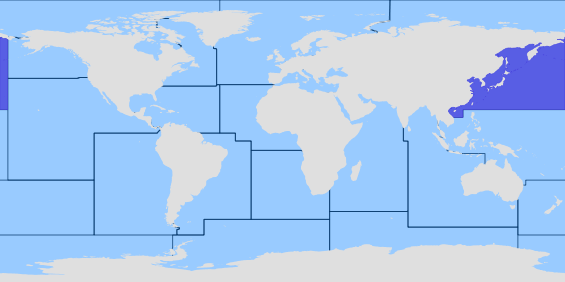This species is distinguished by the following characters: short preoral snout 8.0% TL (8.2-8.7); broad and strongly arched mouth; upper teeth differ from lower teeth with each tooth in first functional row with single median cusp and flanked by one or two lateral cusplets on either side; lower teeth in single series, forming blade-like edge with slender, non-erect cusps; relatively short head, 15.9% TL (15.3-16.0); dermal denticles truncate, low, with block-like crowns, irregularly arranged over majority of body, extending onto dorsal fins; pectoral to pelvic fin space large, 29.0% TL (25.3-27.30); very narrow pectoral fins, posterior portion square-shaped, posterior margin acutely angular at anterior and inner margins, with no expanded corners of fins; second dorsal fin located relatively posteriorly along body, second dorsal fin spine long and strongly recurved, 0.5 (0.3-0.5) into dorsal fin height; interdorsal space about three times distance between first dorsal fin spine origin and pectoral fins; inconspicuous suprapelvic flank marking lacking posterior branch; dorsal caudal fin margin short, 15.4% TL (15.3-19.4); posterior end of lateral line becoming open groove, with the ventral edge darkly colored; caudal fin short; monospondylous vertebrae 48 (38-41), diplospondylous vertebrae 17 (21-24), dorso-caudal vertebrae 24 (22-25), and total vertebrae 89 (84-88); spiral valve with 11 turns; color in life dusky grey dorsally, black to dark grey ventrally (Ref. 86885).
Description: This species is similar to other species of the 'Etmopterus pusillus group' in having the following characters: concave, flattened dermal denticles scattered irregularly across the body; lateral line that ends in an open groove; no suprapelvic flank markings at the posterior branch; and a relatively cylindrical body. It also differs from its congeners based on the following characteristics: gill slit height, tooth morphology, fin size and shape, interdorsal space and suprapelvic fl
 Image not available
Image not available